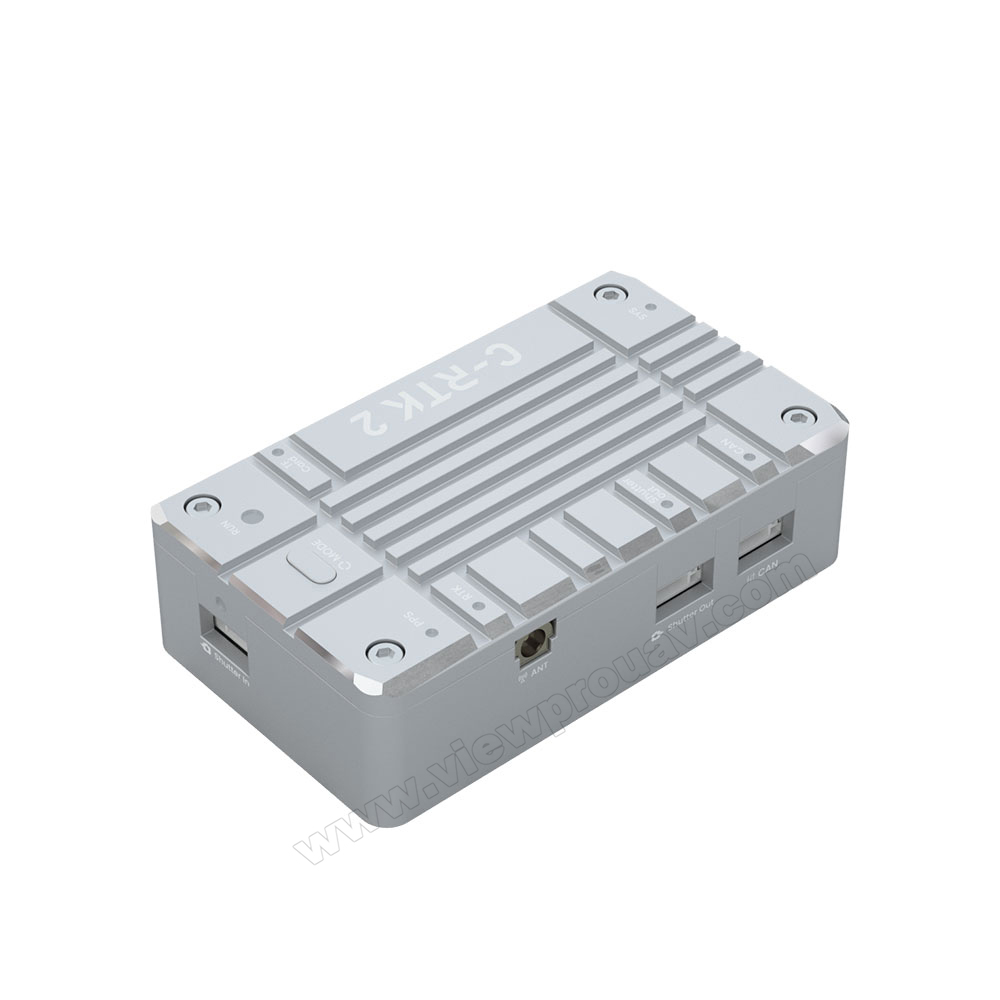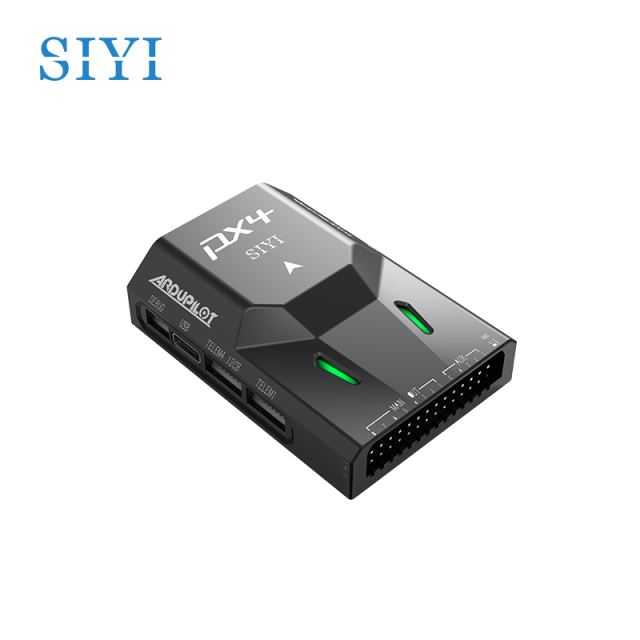SparkNavi Drone Flight Controller and GNSS/INS Made in Taiwan: Cutting-Edge Solutions for UAVs
SparkNavi Drone Flight Controller and GNSS/INS Made in Taiwan: Cutting-Edge Solutions for UAVs
Blog Article
Comprehending the Important Features and Functions of a Drone Flight Controller for Optimum Airborne Performance
The trip controller serves as the crucial element in a drone's design, managing its motions and ensuring stability through an innovative interaction of sensors and information handling. With innovations in technology, the landscape of flight controllers is quickly progressing, motivating a better assessment of what really defines optimum performance in this crucial system.
Review of Flight Controllers
When checking out the globe of drone modern technology, understanding trip controllers is vital for both specialists and hobbyists alike. Flight controllers offer as the mind of the drone, orchestrating its activities and making certain security throughout trip (SparkNavi drone flight controller and GNSS/INS made in taiwan). They process information from different sensing units, including measures, gyroscopes, and accelerometers, to keep balance and respond to pilot inputs successfully
The architecture of trip controllers can vary significantly, varying from basic variations made for entry-level drones to innovative systems furnished with sophisticated features for specialist applications. The assimilation of GPS capabilities allows precise navigation and positioning, while programmable firmware permits users to personalize flight attributes to suit their particular demands.
Moreover, flight controllers are crucial in facilitating communication in between the drone and the remote control, allowing real-time modifications and telemetry information transmission. Understanding the different kinds of trip controllers, including multi-rotor, fixed-wing, and hybrid systems, is critical for choosing the appropriate design for a given application. Eventually, a thorough understanding of flight controllers not only boosts the flying experience but likewise maximizes the performance and safety and security of drone operations.
Trick Functions of Trip Controllers
Trip controllers play a critical function in taking care of a drone's trip characteristics by executing several essential functions that guarantee security and responsiveness. One of the main features is the stablizing of the drone's positioning and elevation. This is attained through the integration of various sensors, including accelerometers, gyroscopes, and barometers, which continually check the drone's placement and activity.
.jpg)
Another vital feature is the handling of control inputs from the pilot or self-governing systems. The flight controller translates these inputs and adjusts the drone's motor rates as necessary to accomplish the preferred flight path. This includes managing roll, yaw, and pitch, which are critical for ability to move.
Furthermore, flight controllers are equipped with fail-safe devices. These features are developed to respond to essential circumstances, such as low battery levels or loss of signal, by launching predefined actions like returning to the launch factor or hovering in location.

Necessary Functions to Take Into Consideration
Countless crucial attributes must be thought about when choosing a drone flight controller to ensure optimal performance and reliability. One important element is the controller's processing power, which identifies its capability to deal with complex flight formulas and real-time data processing. A greater processing capacity improves responsiveness and stability throughout flight.
Another vital function is the number of sustained flight settings. A flexible flight controller must provide various settings, including acro, elevation hold, and GPS-assisted modes, satisfying different pilot ability levels and functional situations. Additionally, the existence of integrated security attributes, such as fail-safes and find more geofencing, can substantially improve operational protection.
Compatibility with various interaction procedures is also essential, as it makes sure seamless integration with other gadgets and peripherals, such as remote controllers and telemetry systems. Furthermore, the controller's firmware need to be user-friendly and consistently updated to include new functions and optimizations.
Combination With Sensing Units and Systems
A flight controller's efficiency is greatly influenced by its capability to incorporate with various sensors and systems. This combination is critical as it enables the trip controller to get real-time information necessary for efficient trip monitoring. Key sensors consist of GPS, inertial dimension devices (IMUs), barometers, and magnetometers, each offering crucial details regarding the drone's alignment, position, and altitude.

Additionally, advanced trip controllers sustain assimilation with payload systems, including cams and various other sensing units, enabling improved capabilities such as independent navigation and obstacle avoidance. This interconnectedness not only improves the drone's functional capacities yet also expands its application prospective across different sectors, from airborne digital photography to farming monitoring. Thus, a well-integrated flight controller is fundamental for accomplishing ideal airborne efficiency and making sure the integrity of drone operations.
Tips for Optimizing Performance
To optimize the performance view it now of your drone, several vital methods can be utilized that emphasis on enhancing both software and hardware components. Make certain that the flight controller firmware is up to date. Producers frequently release updates that boost security, improve performance, and take care of bugs. Regularly looking for these updates can considerably influence your drone's performance.
Following, calibrate your sensors, consisting of the accelerometer and gyroscope, to make certain accurate readings. Appropriate calibration reduces drift and enhances trip security, especially during complex maneuvers. Furthermore, take into consideration upgrading the hardware elements, such as props and electric motors, to improve thrust and efficiency. High-quality props can minimize drag and boost trip time.
Additionally, enhance your drone's weight by reducing unnecessary payloads. A lighter drone not only does better but also extends battery life. Finally, fine-tune your flight settings, including PID (Proportional, Essential, Derivative) values, to achieve responsive and smooth handling. By carrying out these methods, drone operators can considerably boost airborne performance, causing a much more pleasurable and efficient flying experience.
Verdict
In final thought, a complete understanding of drone trip controllers is crucial for improving aerial performance. The integration of crucial functions and crucial attributes, including handling power and safety devices, directly affects the security and ability to move of drones. Additionally, reliable communication with various sensors and systems plays a critical role in attaining accurate navigating and operational performance. By prioritizing these aspects, drivers can dramatically raise the performance and reliability of their drone systems in varied applications.
Trip controllers offer as the brain of the drone, coordinating its movements and guaranteeing security during flight.Trip controllers play a crucial role in managing a drone's click here for more flight dynamics by carrying out numerous crucial features that make certain stability and responsiveness. The trip controller interprets these inputs and readjusts the drone's electric motor rates accordingly to achieve the desired flight path.Numerous important functions must be taken into account when choosing a drone flight controller to guarantee ideal performance and dependability. Therefore, a well-integrated trip controller is fundamental for accomplishing optimal airborne performance and making certain the integrity of drone procedures.
Report this page